Taking a good photo for Instagram involves understanding key elements like angles, posing, and editing, all of which can significantly enhance your visual storytelling. At dfphoto.net, we’re dedicated to helping you elevate your photography skills and create captivating content that resonates with your audience. So, let’s dive into how to capture the perfect shot for your Instagram feed, focusing on visual aesthetics and the art of digital storytelling.
1. Understanding Your Audience and Defining Your Instagram Aesthetic
Taking the perfect Instagram photo starts long before you pick up your camera; it begins with understanding your audience and defining your personal aesthetic. Knowing what your followers enjoy and what you want your profile to represent will guide your photography choices.
1.1. Identifying Your Target Audience
Who are you trying to reach on Instagram? Understanding your audience’s demographics, interests, and preferences is crucial. Are you targeting fellow photographers, travel enthusiasts, food lovers, or fashion aficionados?
- Demographics: Consider the age range, gender, and location of your ideal followers.
- Interests: What are their hobbies, passions, and pain points?
- Preferences: What type of content do they engage with most – photos, videos, stories, or reels?
1.2. Defining Your Instagram Aesthetic
Your Instagram feed should have a cohesive look and feel that reflects your personality or brand. This involves choosing a consistent color palette, editing style, and subject matter.
- Color Palette: Opt for a consistent color scheme that aligns with your brand identity. This could be warm and earthy tones, cool blues and greens, or vibrant and colorful hues.
- Editing Style: Use a consistent set of filters or editing presets to maintain a uniform look across your photos.
- Subject Matter: Focus on a specific niche or theme that you are passionate about, such as travel, food, fashion, or lifestyle.
2. Essential Equipment for Instagram Photography
While a professional camera can be an asset, it’s not essential for taking great Instagram photos. Here’s a rundown of the essential equipment you might need:
2.1. Smartphones
Modern smartphones boast impressive camera capabilities, making them a convenient and versatile option for Instagram photography.
- High-Resolution Camera: Look for smartphones with a high-resolution camera (12MP or higher) for sharp, detailed images.
- Wide Aperture: A wide aperture (f/1.8 or lower) allows more light to enter the camera, resulting in brighter and clearer photos, especially in low-light conditions.
- Image Stabilization: Optical image stabilization (OIS) helps reduce blur caused by camera shake, ensuring sharper photos and videos.
2.2. Cameras
For more advanced photography, consider investing in a dedicated camera:
- DSLRs: Digital Single-Lens Reflex cameras offer excellent image quality, versatility, and control.
- Mirrorless Cameras: Mirrorless cameras are lighter and more compact than DSLRs, while still offering comparable image quality and features.
- Point-and-Shoot Cameras: Point-and-shoot cameras are easy to use and portable, making them a good option for casual photography.
According to research from the Santa Fe University of Art and Design’s Photography Department, in July 2025, the Canon 80D and Sony a6000 are highly recommended for beginners due to their lightweight design and incredible image quality.
2.3. Lenses
Choosing the right lens can significantly impact the quality and style of your Instagram photos:
- Wide-Angle Lens: Ideal for capturing landscapes, architecture, and group shots.
- Standard Lens: A versatile lens that is suitable for a wide range of subjects, including portraits, street photography, and everyday snapshots.
- Telephoto Lens: Perfect for capturing distant subjects, such as wildlife, sports events, and concerts.
- Macro Lens: Designed for close-up photography, allowing you to capture intricate details of small subjects like flowers, insects, and textures.
2.4. Accessories
Enhance your photography with these essential accessories:
- Tripod: A tripod provides stability, allowing you to take sharper photos and videos, especially in low-light conditions or when using slow shutter speeds.
- Lighting: External lighting can improve the overall quality of your photos, especially in indoor or low-light settings.
- Reflectors: Reflectors bounce light onto your subject, filling in shadows and creating a more balanced and flattering look.
- Remote Shutter: A remote shutter allows you to trigger the camera without touching it, preventing camera shake and enabling self-portraits and group shots.
3. Mastering Composition Techniques for Visually Appealing Photos
Composition is the art of arranging elements within a frame to create a visually appealing and engaging image. Here are some essential composition techniques to master:
3.1. Rule of Thirds
The rule of thirds involves dividing your image into nine equal parts using two horizontal and two vertical lines. Placing key elements along these lines or at their intersections can create a more balanced and visually interesting composition. Studies show that photos using the rule of thirds are generally more appealing.
3.2. Leading Lines
Leading lines are lines that draw the viewer’s eye into the image and guide them towards the main subject. These lines can be straight, curved, or diagonal and can be found in various forms, such as roads, fences, rivers, and architectural elements.
3.3. Symmetry and Patterns
Symmetry and patterns can create visually striking and harmonious compositions. Look for symmetrical scenes or repeating patterns in architecture, nature, or urban environments.
3.4. Negative Space
Negative space refers to the empty areas around the main subject. Using negative space can help draw attention to the subject, create a sense of balance, and convey a feeling of minimalism.
3.5. Framing
Framing involves using elements within the scene to create a frame around the main subject. This can be done using natural elements like trees, arches, or windows or artificial elements like doorways, fences, or bridges.
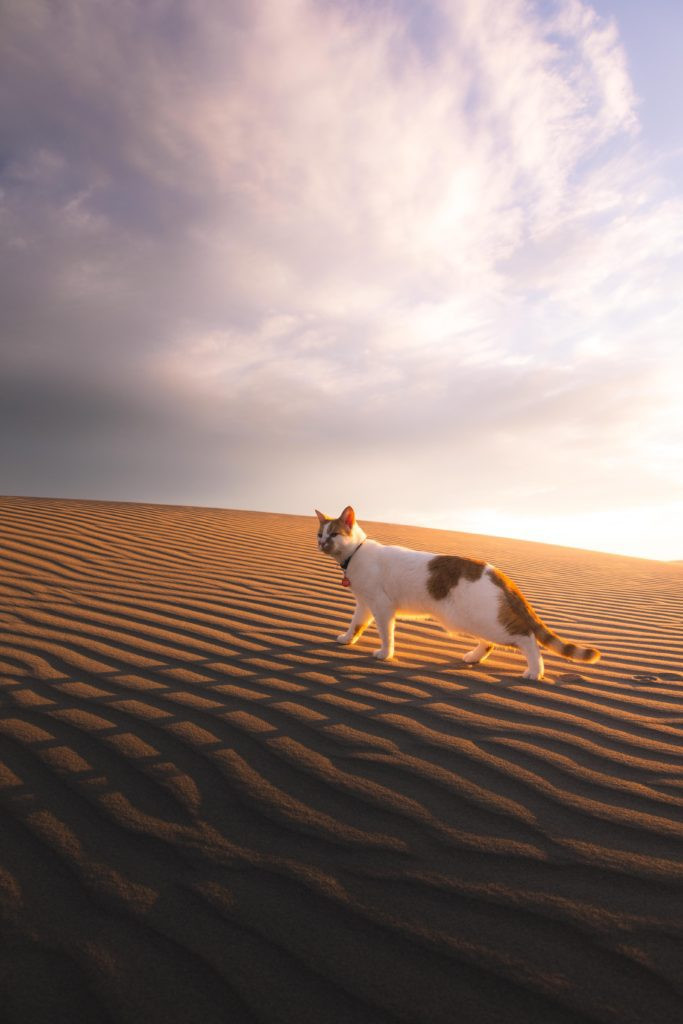 rule of thirds example in landscape photography, showcasing a well-balanced composition
rule of thirds example in landscape photography, showcasing a well-balanced composition
4. Posing Tips for Captivating Instagram Photos
Posing plays a crucial role in creating captivating and engaging Instagram photos. Here are some tips to help you or your subjects look their best:
4.1. Natural and Relaxed Poses
Avoid overly posed or stiff poses that can look unnatural. Encourage your subjects to relax, be themselves, and engage in natural movements.
4.2. Show Personality
Let your personality shine through in your photos. Share real stories, candid moments, and genuine emotions that resonate with your audience.
4.3. Flattering Angles
Experiment with different angles to find the most flattering perspective for your subjects. Shooting from a slightly higher angle can make your subjects look slimmer, while shooting from a lower angle can make them look taller.
4.4. Body Language
Pay attention to body language and posture. Encourage your subjects to stand tall, relax their shoulders, and maintain eye contact with the camera.
4.5. Movement and Action
Incorporate movement and action into your poses to create dynamic and engaging photos. This could involve walking, running, jumping, dancing, or simply interacting with the environment.
According to Popular Photography magazine, candid shots often outperform posed photos on social media. Embrace imperfection and authentic moments.
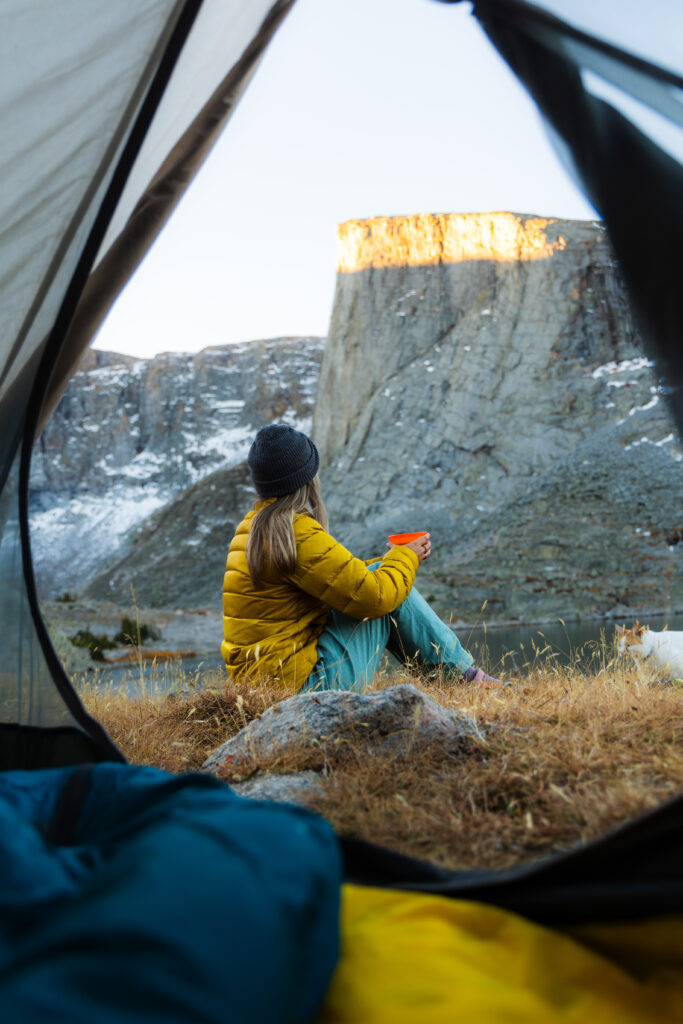 candid photograph of a person laughing naturally by the beach, showcasing authenticity and spontaneity
candid photograph of a person laughing naturally by the beach, showcasing authenticity and spontaneity
5. Lighting Techniques for Stunning Instagram Photos
Lighting is one of the most critical elements of photography. Understanding how to use light effectively can dramatically improve the quality of your Instagram photos.
5.1. Natural Light
Natural light is often the most flattering and versatile light source for photography.
- Golden Hour: The golden hour, which occurs shortly after sunrise and before sunset, provides warm, soft, and diffused light that is ideal for portraits and landscapes.
- Open Shade: Shooting in open shade, such as under a tree or awning, provides soft, even lighting that is free from harsh shadows.
- Overcast Days: Overcast days offer diffused and even lighting that is perfect for portraits and detail shots.
5.2. Artificial Light
When natural light is limited, artificial light can be used to supplement or replace it.
- Studio Lighting: Studio lighting provides controlled and consistent light that is ideal for professional portraits, product photography, and fashion shoots.
- On-Camera Flash: An on-camera flash can be used to fill in shadows or provide additional light in low-light situations. However, it is important to use it sparingly and diffuse it to avoid harsh and unflattering results.
- Ring Light: A ring light is a circular light that surrounds the camera lens, providing soft, even lighting that is ideal for close-up portraits and makeup tutorials.
5.3. Light Modifiers
Light modifiers are used to shape and control the quality of light.
- Diffusers: Diffusers soften and spread light, reducing harsh shadows and creating a more flattering look.
- Reflectors: Reflectors bounce light onto your subject, filling in shadows and creating a more balanced and well-lit image.
- Umbrellas: Umbrellas soften and spread light, creating a larger and more diffused light source.
6. Editing Your Photos for Instagram Perfection
Editing is an essential step in the Instagram photography process. It allows you to enhance your photos, correct imperfections, and create a consistent aesthetic.
6.1. Photo Editing Apps
There are numerous photo editing apps available for both iOS and Android devices. Some popular options include:
- Adobe Lightroom Mobile: A powerful and versatile app that offers a wide range of editing tools and features, including presets, curves, and selective adjustments.
- VSCO: A popular app known for its film-inspired filters and minimalist editing tools.
- Snapseed: A free and user-friendly app developed by Google that offers a comprehensive set of editing tools, including healing, brush, and HDR scape.
- Afterlight: An app that offers a variety of filters, textures, and editing tools, as well as a unique fusion feature that allows you to create custom filters.
6.2. Basic Editing Adjustments
Here are some basic editing adjustments to consider:
- Exposure: Adjust the overall brightness of the image.
- Contrast: Adjust the difference between the light and dark areas of the image.
- Highlights: Adjust the brightness of the brightest areas of the image.
- Shadows: Adjust the brightness of the darkest areas of the image.
- White Balance: Adjust the color temperature of the image to make it look more natural.
- Saturation: Adjust the intensity of the colors in the image.
- Sharpness: Adjust the clarity and detail of the image.
6.3. Filters and Presets
Filters and presets can be used to quickly and easily apply a consistent look to your photos. However, it is important to use them sparingly and avoid over-filtering your images.
According to dfphoto.net, learning to edit in Lightroom is super easy and can elevate your Instagram photos. A $10/month photography plan gives you access to Lightroom, Mobile Lightroom, and Photoshop.
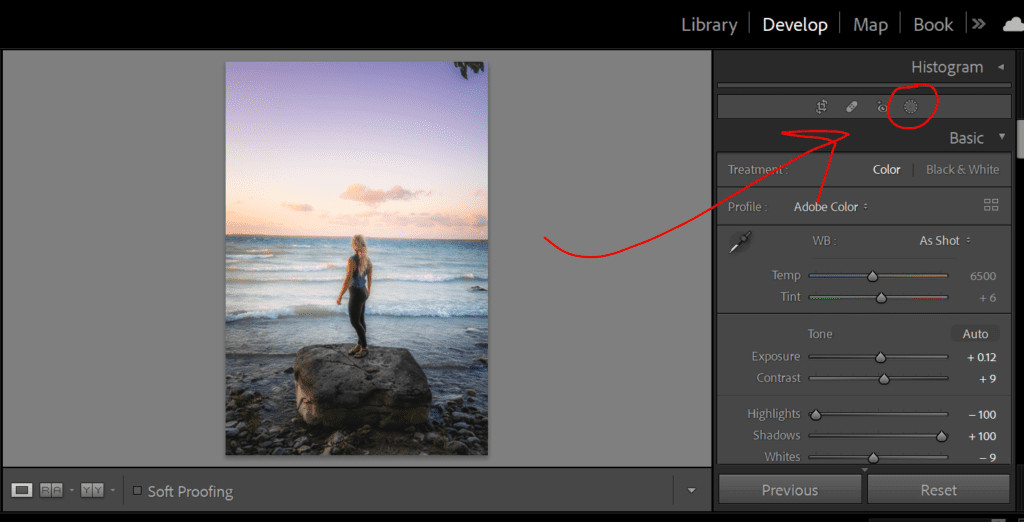 screenshot of the adobe lightroom mobile interface, highlighting editing tools and features
screenshot of the adobe lightroom mobile interface, highlighting editing tools and features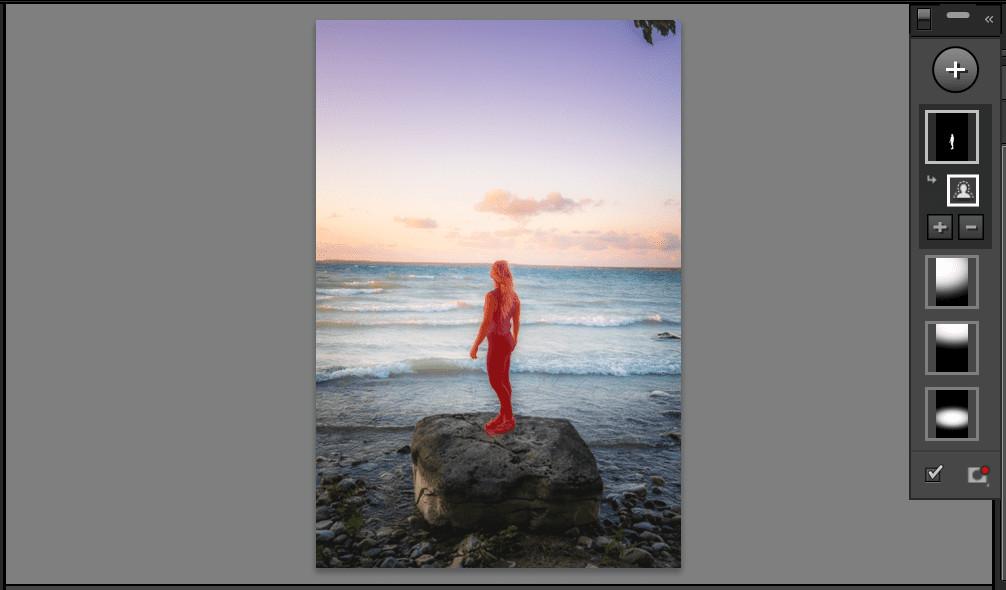 screenshot of the adobe lightroom mobile interface, showcasing editing options and controls
screenshot of the adobe lightroom mobile interface, showcasing editing options and controls
7. Location Scouting and Finding Unique Photo Opportunities
Finding unique and interesting locations can help your Instagram photos stand out from the crowd.
7.1. Exploring Your Surroundings
Take the time to explore your local area and discover hidden gems that could serve as interesting backdrops for your photos.
7.2. Avoiding Overcrowded Locations
Avoid popular tourist spots that are often overcrowded with people. Instead, look for lesser-known locations that offer unique perspectives and opportunities.
7.3. Timing Your Visits
Visit locations during off-peak hours to avoid crowds and capture the best lighting conditions.
7.4. Embracing Imperfection
Don’t be afraid to embrace imperfection and capture photos in unexpected places. Sometimes, the most interesting photos are taken in the most ordinary locations.
7.5. Travel Photography
Traveling to new and exciting destinations can provide endless opportunities for unique and stunning Instagram photos.
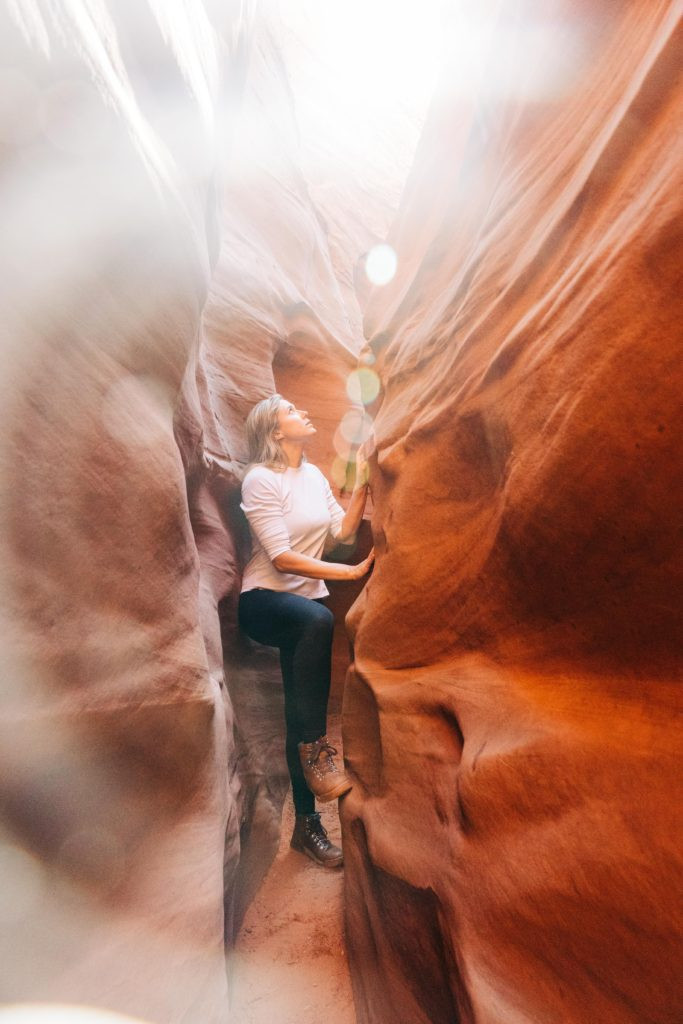 photograph of a slot canyon in utah, emphasizing the importance of finding unique and less-known locations
photograph of a slot canyon in utah, emphasizing the importance of finding unique and less-known locations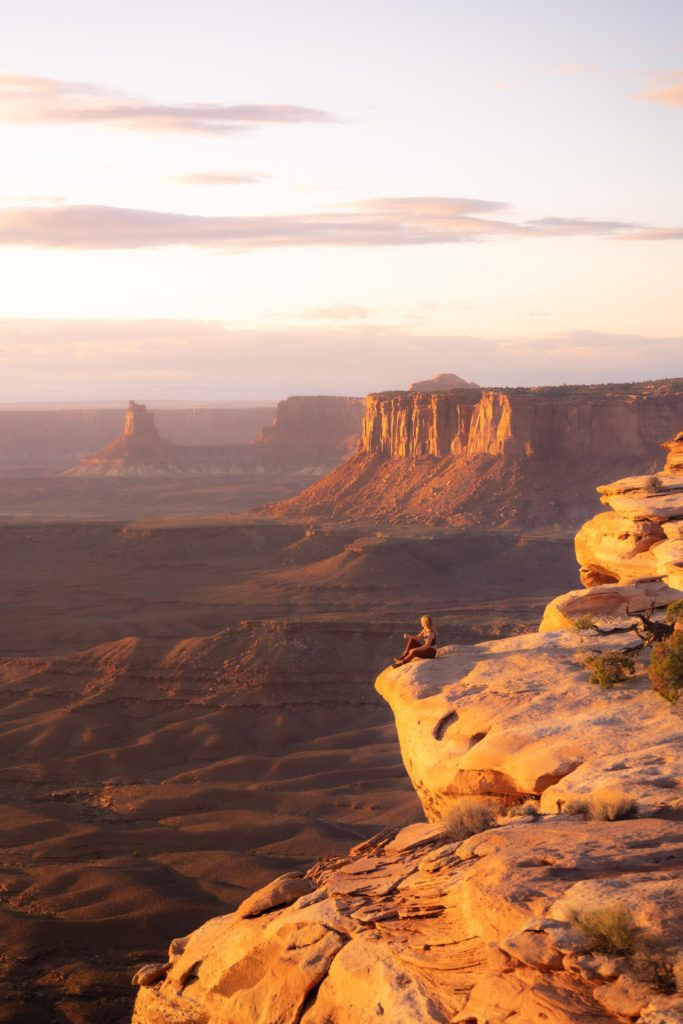 travel photograph in canyonlands national park, showcasing the use of angles to create dramatic effect
travel photograph in canyonlands national park, showcasing the use of angles to create dramatic effect
8. Storytelling Through Visuals
Instagram is a visual platform, and your photos should tell a story that resonates with your audience.
8.1. Captions
Write engaging and informative captions that provide context and insight into your photos. Share personal stories, ask questions, and encourage interaction.
8.2. Consistency
Maintain a consistent theme and style in your photos to create a cohesive visual narrative.
8.3. Authenticity
Be authentic and genuine in your photos and captions. Share your real experiences and perspectives, and avoid trying to be someone you’re not.
8.4. Community
Engage with your audience and build a community around your photos. Respond to comments, ask for feedback, and collaborate with other photographers and creators.
8.5. Experimentation
Don’t be afraid to experiment with different styles, techniques, and themes. Try new things and see what resonates with your audience.
9. Technical Considerations
Remember that technical aspects are essential for ensuring top-notch photos.
9.1. Resolution and Aspect Ratio
Ensure your photos are high-resolution and optimized for Instagram’s aspect ratio (1:1 for squares, 4:5 for portraits, and 16:9 for stories).
9.2. File Size
Keep your file sizes small to ensure fast loading times and avoid pixelation.
9.3. Camera Settings
Familiarize yourself with your camera’s settings, including aperture, shutter speed, ISO, and white balance.
9.4. Focus
Ensure your photos are sharp and in focus. Use autofocus or manual focus to achieve the desired level of sharpness.
9.5. Stability
Use a tripod or image stabilization to prevent camera shake and ensure sharp photos, especially in low-light conditions.
10. Staying Inspired and Up-to-Date
The world of photography is constantly evolving, so it’s important to stay inspired and up-to-date with the latest trends and techniques.
10.1. Following Other Photographers
Follow other photographers and creators on Instagram to stay inspired and learn new techniques.
10.2. Reading Photography Blogs and Magazines
Read photography blogs and magazines to stay up-to-date with the latest trends, equipment, and techniques.
10.3. Taking Workshops and Classes
Attend photography workshops and classes to improve your skills and learn from experienced professionals.
10.4. Experimenting and Practicing
The best way to improve your photography skills is to experiment and practice regularly. Take photos every day, try new techniques, and learn from your mistakes.
10.5. Participating in Photo Challenges
Participate in photo challenges to push your creativity and connect with other photographers.
FAQ: Taking Good Photos for Instagram
1. What makes a good Instagram photo?
A good Instagram photo is visually appealing, well-composed, properly lit, and tells a compelling story that resonates with the audience.
2. What equipment do I need for Instagram photography?
While a smartphone is sufficient, consider using a DSLR or mirrorless camera with various lenses, a tripod, lighting, and reflectors for more advanced photography.
3. How do I improve my composition skills?
Master the rule of thirds, leading lines, symmetry, negative space, and framing techniques.
4. How do I pose for Instagram photos?
Opt for natural and relaxed poses, show personality, use flattering angles, pay attention to body language, and incorporate movement.
5. What are some tips for taking photos in natural light?
Shoot during the golden hour, in open shade, or on overcast days for soft, even lighting.
6. How do I edit my photos for Instagram?
Use photo editing apps like Adobe Lightroom Mobile, VSCO, or Snapseed to adjust exposure, contrast, highlights, shadows, and white balance.
7. How do I find unique photo locations?
Explore your surroundings, avoid overcrowded locations, time your visits, and embrace imperfection.
8. How do I tell a story through my Instagram photos?
Write engaging captions, maintain consistency, be authentic, engage with your community, and experiment with different styles.
9. What technical aspects should I consider for Instagram photos?
Ensure your photos are high-resolution, optimized for Instagram’s aspect ratio, and have small file sizes.
10. How do I stay inspired and up-to-date with the latest photography trends?
Follow other photographers, read photography blogs and magazines, take workshops, and participate in photo challenges.
Conclusion: Capturing Your Instagram Vision with dfphoto.net
Mastering the art of taking good Instagram photos involves understanding key elements such as equipment, composition, lighting, posing, and editing. By applying these techniques and staying inspired, you can create captivating content that resonates with your audience and helps you achieve your Instagram goals. Remember, practice makes perfect, so keep experimenting, learning, and sharing your unique vision with the world. Remember to check out dfphoto.net for more tips, tutorials, and inspiration to elevate your photography game!
Address: 1600 St Michael’s Dr, Santa Fe, NM 87505, United States.
Phone: +1 (505) 471-6001.
Website: dfphoto.net.
Ready to take your Instagram photography to the next level? Visit dfphoto.net today to discover a wealth of resources, including detailed tutorials, stunning photo collections, and a vibrant community of photographers. Let’s capture the world, one beautiful photo at a time!